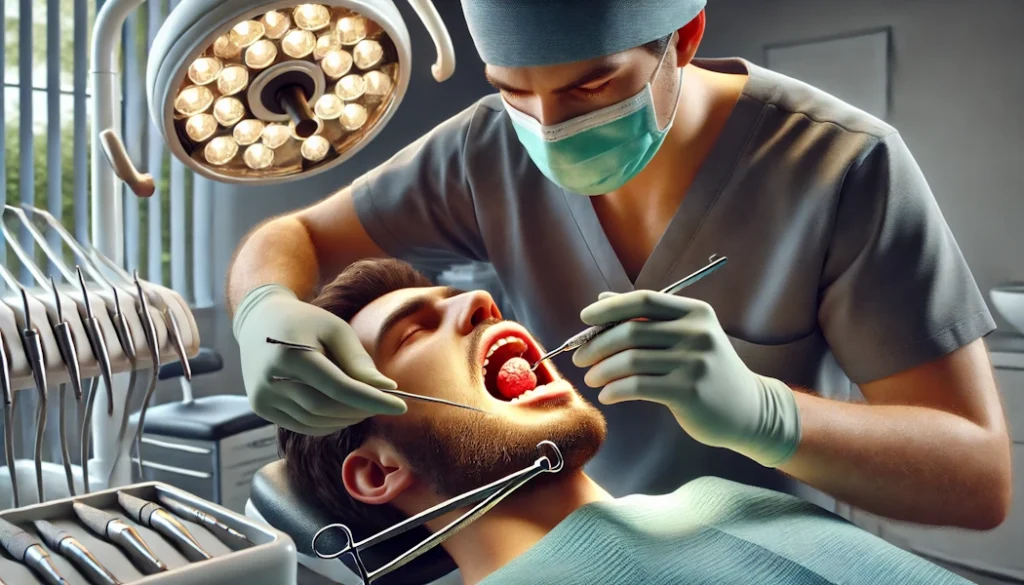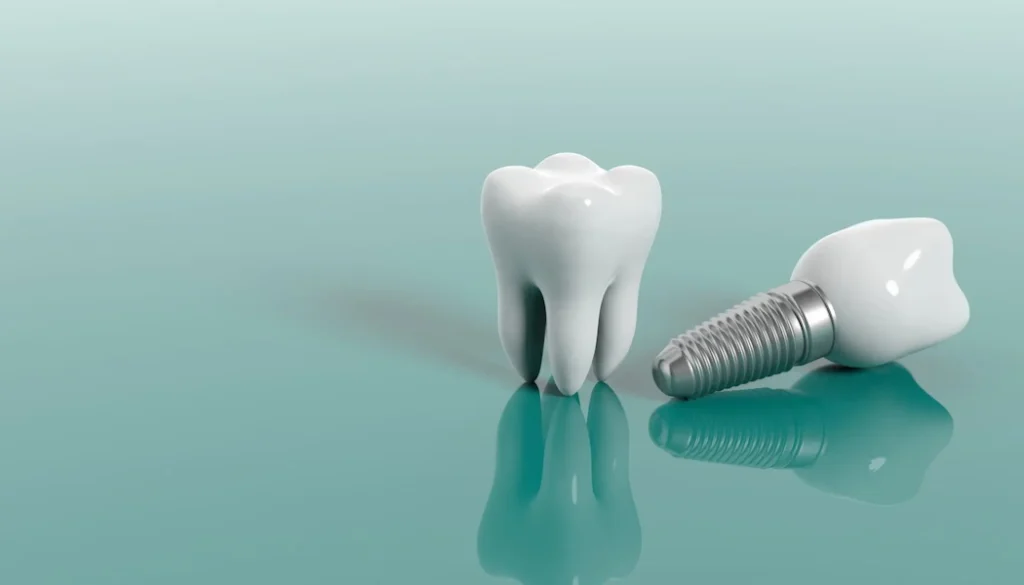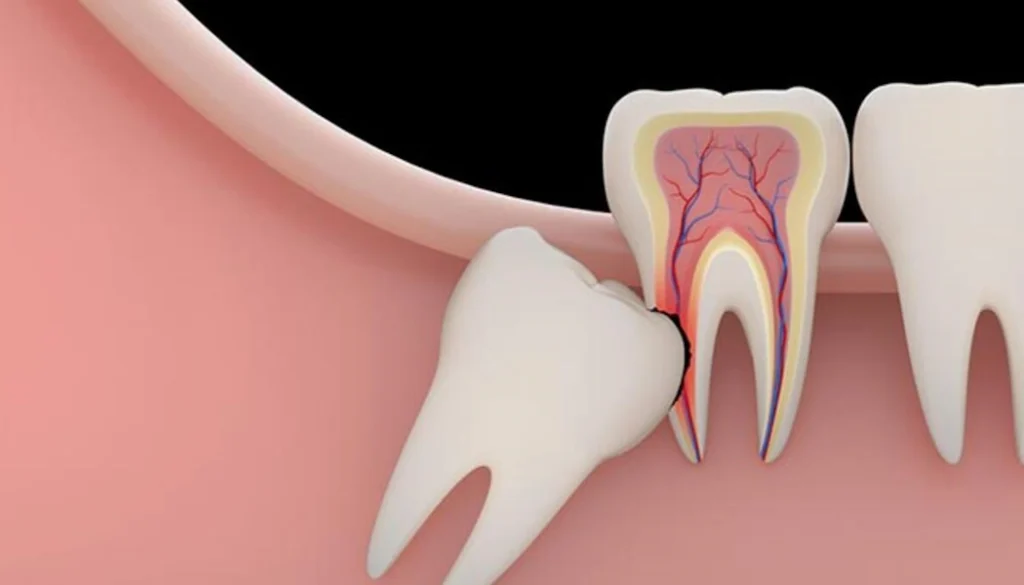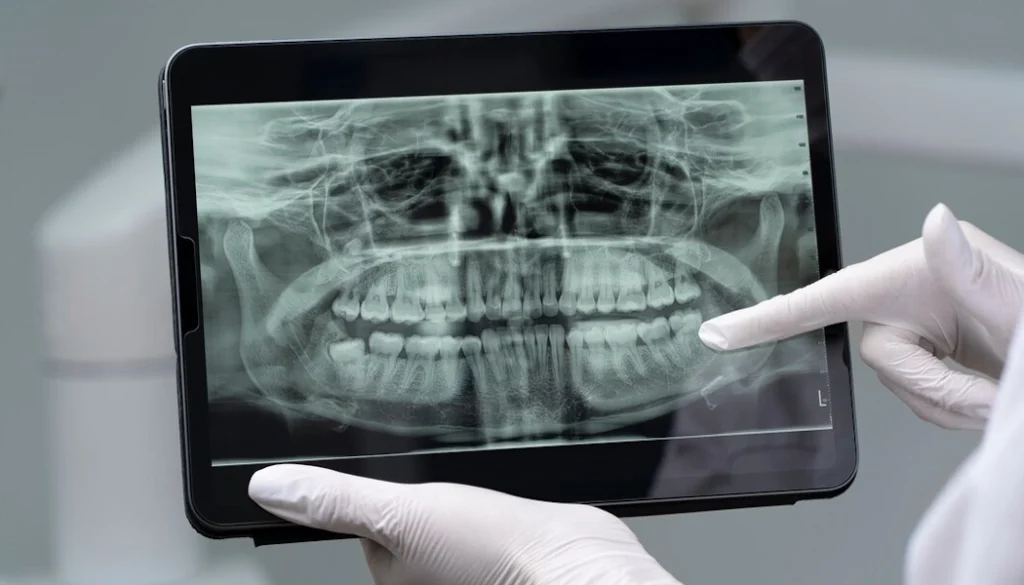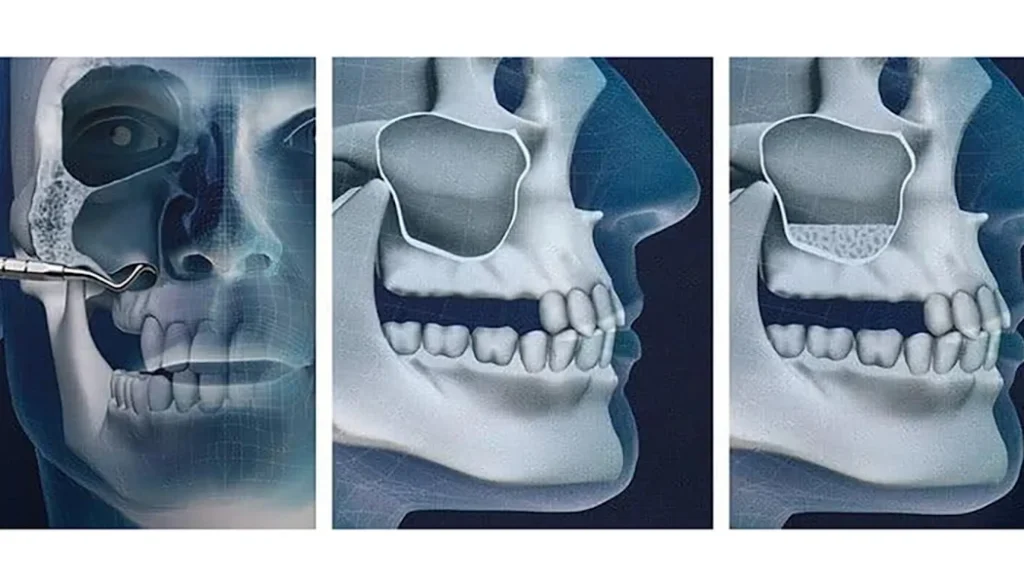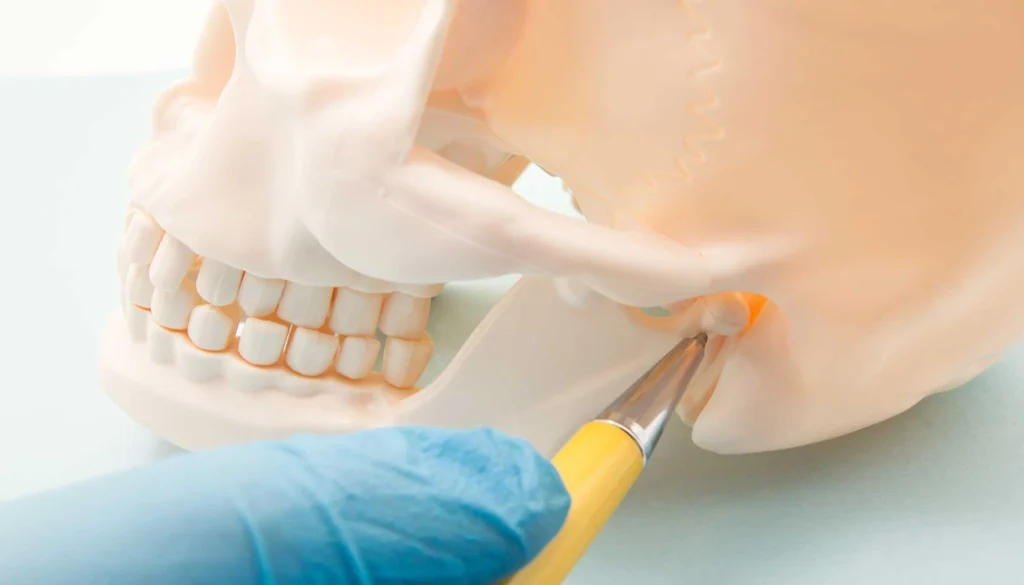Restoring Your Smile and Functionality
Bone grafting is a crucial procedure in modern dentistry, particularly for patients who are in need of dental implants but lack sufficient bone volume. Whether due to bone loss from tooth extraction, periodontal disease, or trauma, many patients face challenges in placing dental implants without adequate bone structure. Bone grafting serves as an effective solution to restore lost bone, providing a stable foundation for implants and ultimately improving the aesthetic and functional outcomes of dental treatments.
Dr. Halis Ali Çolpak, an experienced oral and maxillofacial surgeon in Antalya, Turkey, specializes in bone grafting procedures to help patients with insufficient bone density regain the ability to receive dental implants. His expertise and dedication to patient care ensure high-quality results that improve both the function and appearance of patients’ smiles.
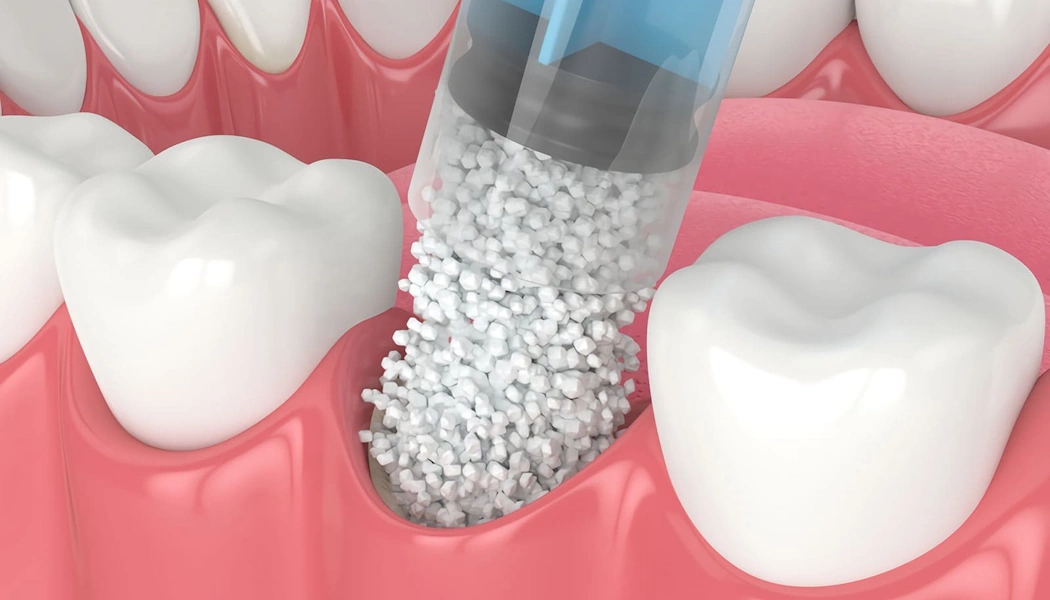
What Is Bone Grafting?
Bone grafting is a surgical procedure that involves transplanting bone tissue to an area of the jaw or other parts of the body to enhance bone volume and density. In dentistry, it is commonly performed to repair bone loss in the jaw, especially when preparing for dental implants. The procedure restores bone structure, making it possible to place implants securely, ensuring their long-term success.
The bone used in grafting can come from several sources:
- Autografts (patient’s own bone): Bone harvested from another area of the patient’s body.
- Allografts (donor bone): Bone obtained from a donor.
- Xenografts (animal bone): Bone from animals, typically cows, processed for human use.
- Synthetic bone grafts: Manufactured materials designed to mimic natural bone properties.
Bone grafting is often performed in conjunction with other dental treatments, such as dental implants, sinus lifts, or other corrective procedures.
Why Is Bone Grafting Necessary?
Bone grafting is often required when a patient’s jawbone is not dense or thick enough to support dental implants. Several factors may lead to insufficient bone volume:
- Tooth Loss: After a tooth is extracted, the bone in that area may begin to resorb (shrink), particularly if the area is left untreated for a prolonged period.
- Periodontal Disease: Chronic gum disease can lead to the loss of bone surrounding the teeth, which may impact the ability to place dental implants.
- Trauma or Injury: Accidents, injuries, or dental treatments that damage the bone structure may result in bone loss.
- Aging: As people age, bone density naturally decreases, and the jawbone may shrink, making it difficult to place dental implants without additional support.
- Congenital Issues: Some individuals may be born with insufficient bone structure in the jaw, which can prevent successful dental implant placement.
Types of Bone Grafting Procedures
Bone grafting can be performed in various forms, depending on the patient’s needs. The most common types of bone grafting procedures include:
- Socket Preservation: This type of bone grafting is performed immediately after a tooth extraction to preserve the bone and prevent it from shrinking.
- Ridge Augmentation: Used when there is significant bone loss in the jaw, ridge augmentation involves adding bone grafts to build up the area to make it suitable for dental implants.
- Sinus Lift Bone Grafting: In cases where the upper jaw lacks enough bone in the posterior (back) region, a sinus lift may be performed to add bone beneath the sinus cavity, often in conjunction with sinus lifting procedures.
- Block Grafting: Block bone grafting involves using a block of bone to rebuild areas with severe bone loss. This procedure is commonly used in the lower jaw and is often employed when other grafting options are insufficient.
The Bone Grafting Procedure
The bone grafting process generally involves several key steps:
- Consultation and Planning: During the initial consultation, the dentist or oral surgeon will evaluate the patient’s bone structure through X-rays or CT scans. Based on this evaluation, the best approach to the grafting procedure will be determined.
- Anesthesia: Bone grafting is performed under local anesthesia, but sedation or general anesthesia may also be used depending on the complexity of the procedure.
- Bone Graft Placement: The surgeon makes a small incision in the gum to access the area of bone loss. The graft material is then placed in the area where bone volume is needed, and the incision is closed with stitches.
- Healing Process: After the procedure, patients need time for the bone graft to heal and integrate with the existing bone. This process can take several months, depending on the type of graft used and the patient’s healing capacity.
- Follow-up Appointments: Regular follow-up visits are necessary to monitor the healing process. The success of the bone grafting procedure is evaluated before proceeding with further treatments, such as dental implant placement.
Recovery After Bone Grafting
Post-operative recovery from bone grafting varies depending on the type of graft and individual patient factors. However, patients can generally expect the following during the recovery phase:
- Swelling and discomfort: Mild swelling, bruising, and discomfort are common after the procedure, but they can be managed with prescribed medications.
- Dietary restrictions: Patients are usually advised to stick to soft foods during the healing process to prevent pressure on the grafted area.
- Pain management: Over-the-counter or prescribed painkillers may be recommended to manage discomfort.
- Oral hygiene: Maintaining good oral hygiene is crucial during recovery. The dentist will provide specific instructions on how to clean the area gently to avoid disrupting the graft.
Healing time can vary, but it typically takes several months for the graft to integrate fully with the surrounding bone. Once healing is complete, the dentist can proceed with dental implant placement or other necessary procedures.
Benefits of Bone Grafting
Bone grafting offers several advantages for patients who require dental implants:
- Increased Implant Success: By restoring the bone volume, bone grafting creates a more stable and supportive foundation for dental implants, leading to higher success rates.
- Improved Aesthetic Results: Bone grafting can improve the appearance of the jaw, restoring natural contours and allowing for more natural-looking dental implants.
- Long-term Oral Health: Dental implants supported by healthy bone provide a long-lasting solution that helps maintain the integrity of surrounding teeth and structures.
- Enhanced Quality of Life: Bone grafting and successful implant placement can dramatically improve the patient’s ability to chew, speak, and smile with confidence.
Why Choose Dr. Halis Ali Çolpak for Bone Grafting in Antalya?
Dr. Halis Ali Çolpak is an experienced oral and maxillofacial surgeon with extensive expertise in bone grafting procedures. He is dedicated to providing the highest level of care for his patients, using advanced techniques and state-of-the-art equipment to ensure the best possible outcomes. Dr. Çolpak’s personalized approach to bone grafting and dental implants has helped many patients restore their smiles and improve their overall oral health.
Contact Dr. Halis Ali Çolpak for Bone Grafting in Antalya
If you are experiencing bone loss in your jaw and are interested in dental implants, bone grafting may be the solution you need. Contact Dr. Halis Ali Çolpak today to schedule a consultation and learn how bone grafting can restore your ability to receive dental implants and enjoy a beautiful, functional smile.
